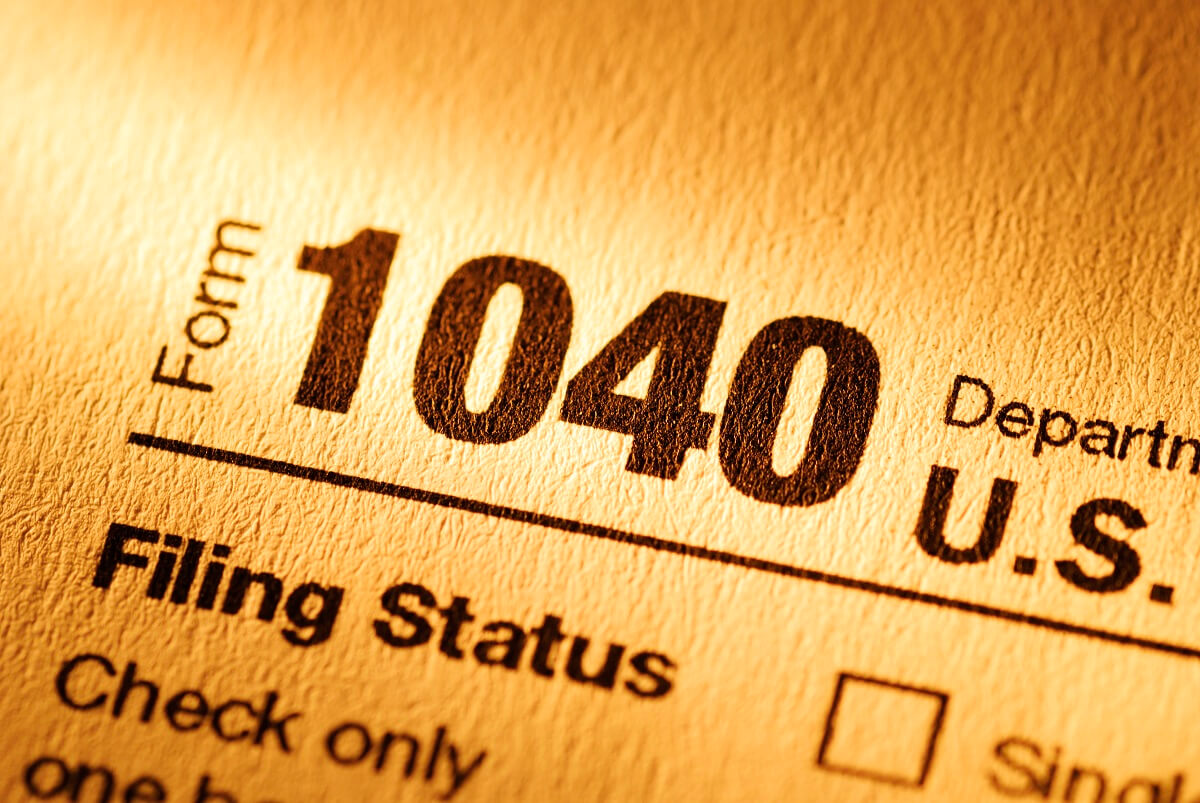Home>Finance>Average Down: Definition, How It Works, And Example


Finance
Average Down: Definition, How It Works, And Example
Published: October 11, 2023
Learn about finance and the concept of average down, including its definition, how it works, and an example, in this comprehensive guide.
(Many of the links in this article redirect to a specific reviewed product. Your purchase of these products through affiliate links helps to generate commission for LiveWell, at no extra cost. Learn more)
Average Down: Definition, How It Works, and Example
When it comes to investing, there are numerous strategies that can be employed to maximize returns and minimize risks. One such strategy is average down, which involves buying more of a stock or security when its price decreases. In this blog post, we will delve into the definition of average down, explore how it works, and provide an example to better understand its application.
Key Takeaways:
- Average down is an investment strategy where an investor buys more of a stock or security as its price declines.
- This strategy aims to lower the average purchase price of the stock, potentially increasing profits when the price rebounds.
How Does Average Down Work?
The concept behind average down is quite simple. When certain stocks or securities experience a decline in price, some investors see this as an opportunity rather than a reason to panic. By purchasing additional shares at the lower price, they can effectively lower the average purchase price of their overall holdings. This strategy is built on the belief that the price will eventually rebound, allowing investors to profit from the increase.
To implement the average down strategy, an investor must carefully monitor the market and identify stocks or securities that have a strong potential for future growth. It requires a belief that the initial decline in price was temporary or caused by market overreaction. By buying more shares at a lower price, investors can position themselves to benefit when the market corrects itself.
However, it’s important to note that average down is not without risks. Markets can be unpredictable, and a decline in price may indicate deeper underlying issues with the company or investment. It is crucial for investors to conduct thorough research and analysis before employing this strategy.
An Example of Average Down Strategy
Let’s say you invest in Company XYZ, which is known for its strong fundamentals and growth potential. You initially buy 100 shares of Company XYZ at $50 per share, for a total investment of $5,000. However, after a disappointing earnings report, the stock price drops to $40 per share.
Instead of panicking and selling your shares, you decide to average down. You purchase an additional 100 shares at the lower price of $40 per share, investing an additional $4,000. Now, you own a total of 200 shares at an average purchase price of $45 per share ($5,000 + $4,000 = $9,000 / 200 shares = $45 per share).
Assuming that the stock price eventually rebounds to $55 per share, your investment will be worth $11,000 (200 shares x $55 per share). By averaging down, you have effectively increased your profit by $2,000 compared to if you had not purchased more shares.
Conclusion
Average down is a risky investment strategy that requires careful analysis and research. By strategically buying more shares of a stock or security when its price declines, investors aim to lower their average purchase price and potentially increase their profits. However, it is important to note that this strategy may not always yield positive results, as markets can be unpredictable.
When considering the average down strategy, it is essential to consult with a financial advisor or professional who can provide personalized guidance based on your specific investment needs and risk tolerance.














